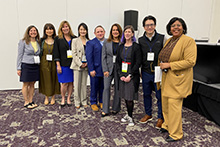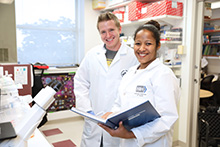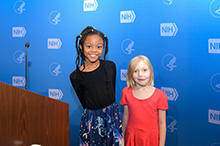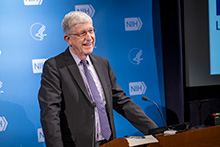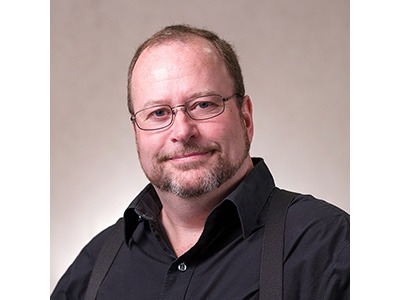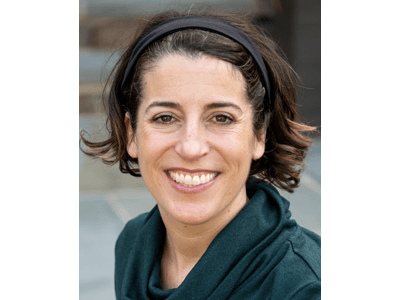
Celebrating the Past and Charting the Future of Dental, Oral, & Craniofacial Research
Explore an Interactive Timeline of NIDCR's History
Learn about important events, scientific breakthroughs, and publications.
Watch as NIDCR Director Dr. Rena D'Souza takes us on a tour of the institute's accomplishments and shares her vision for the future.
Past 75th Anniversary Events
Access photos, recordings, and event recaps.
Research Vignettes
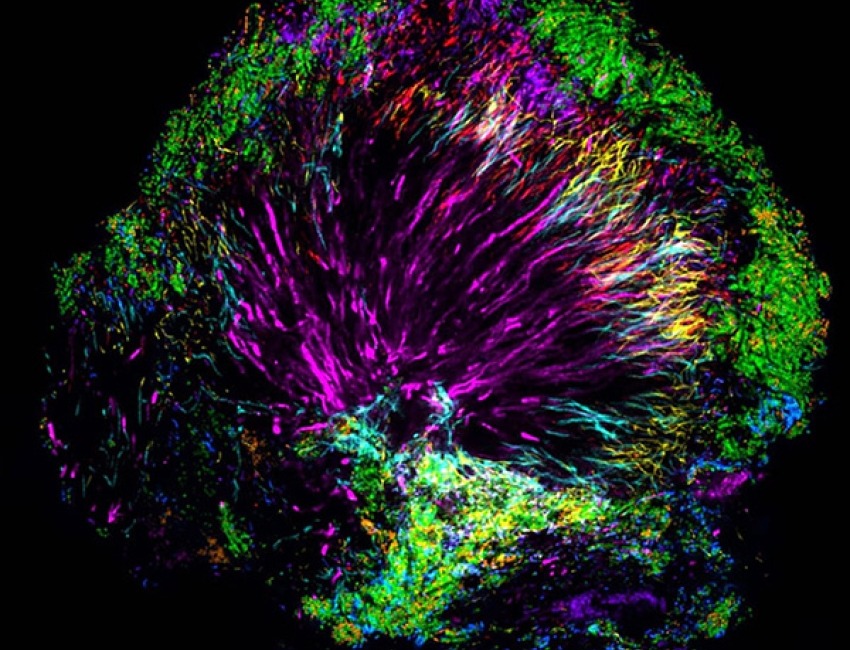
Research reveals how oral microbes shape health

NIDCR illuminates the oral-systemic connection

Research aims to bring better solutions for head and neck cancer

NIDCR’s progress to understand a common condition
Labs at a Glance
The NIDCR anniversary logo and the Looking Forward tagline are trademarks of the U.S. Department of Health and Human Services (HHS). Use of this logo and tagline without prior approval by HHS is strictly prohibited.



